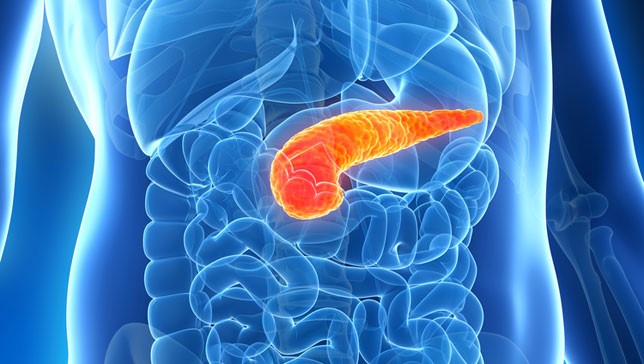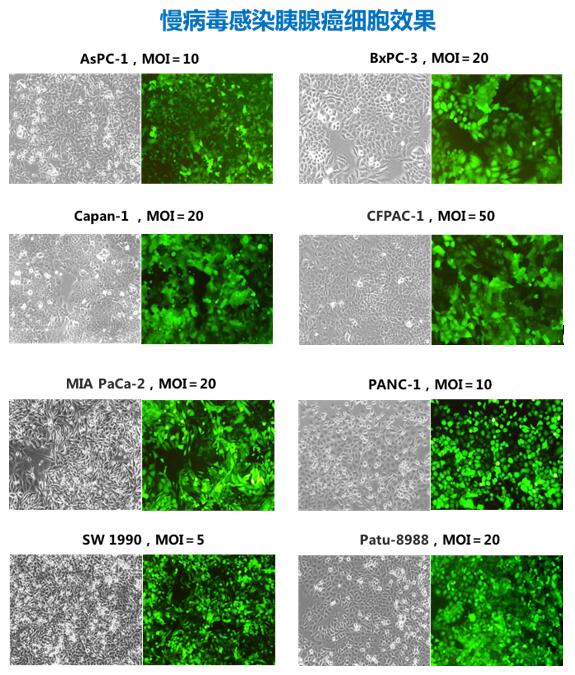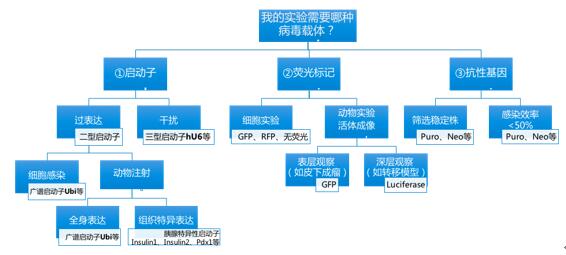The prognosis of pancreatic cancer is very poor, and its mortality rate is basically equivalent to the incidence rate. In the United States, the 5-year survival rate for pancreatic cancer remains only 6%. The key issue is that patients with pancreatic cancer are largely asymptomatic at an early stage, and most of them are diagnosed at an advanced stage; more than 200,000 people die from pancreatic cancer worldwide each year.

There are many types of pancreatic cancer, which are basically divided into two types: exocrine tumors and endocrine tumors. 99% of pancreatic cancers are exocrine tumors, and the pathogenic cells are derived from pancreatic cells that produce digestive enzymes. This type is divided into several subtypes. Almost 85% of them are pancreatic adenocarcinoma, which originates from pancreatic ducts, and 60-70% of them are pancreatic head cancer. Another relatively common subtype is pancreatic vesicular cell carcinoma, accounting for about 5%, similar to endocrine type tumors. Often overproduce a certain type of molecule; cystadenocarcinoma accounts for about 1% of pancreatic cancer, and the prognosis is better than other exocrine types; pancreatic blast cancer is a relatively rare type that often occurs in children; Squamous cell carcinoma, signet ring cell carcinoma, hepatic carcinoma, gelatinous carcinoma, undifferentiated cell carcinoma, osteoclast-like giant cell undifferentiated carcinoma. In addition, pancreatic mucinous cystic tumors often exhibit different degrees of malignancy, most of which are benign.
In the course of the research, in order to verify the function of genes, we often need to do genetic manipulation (overexpression, interference or knockout). In addition to in vitro cell level validation, some research work will involve in vivo studies. Due to the different characteristics of cells, the difficulty of genetic manipulation is often different. Lentivirus is a very efficient gene manipulation tool that not only has high performance in cell lines, but is also often used in in vivo experiments, such as in situ tissue injection to study gene function. Let's take a look at the selection of in vitro and in vivo models in pancreatic cancer research, and the application of viral tools~
1. What kind of cell model do I need? Is it easy to operate?
Various cell lines are often used in in vitro studies. To date, scientists worldwide have established many cell lines for pancreatic cancer, including pancreatic adenocarcinoma. The following table summarizes some of the major cell lines:


*More comprehensive pre-experiment information, please consult the local salesman
2, the cell experiment works well, how does the animal experiment do?
Animal models can play an important role in basic tumor research and anti-tumor research. In pancreatic cancer research, the in vivo model commonly used in the direction of proliferation is subcutaneous tumor formation in nude mice, and will not be described here. The experimental method can refer to the summary article of liver cancer left out, and the liver cancer article looks here~
In addition, a model of spontaneous pancreatic cancer can also be constructed by means of transgenic animals. However, transgenic animals have high cost and long cycle, and their use has great limitations. Today, I will introduce you to a powerful one: using the hot CRISPR/Cas9 technology, directly injected Cre slow virus into the in situ pancreatic duct of mice, effectively knocking out the gene and causing tumor formation.

3, the in vitro and in vivo models have been selected, then what kind of lentiviral vector does my experiment need to use to operate the gene?
Promoters, fluorescent markers, and resistance tags are the three major factors we need to consider when choosing a carrier. Different components also require corresponding changes in the experiment. For pancreatic cancer research, pancreatic tissue-specific promoters such as Insulin1, Insulin2, and pdx1 can be used for tissue-specific expression. According to the example of a god figure, customizing your exclusive carrier is as simple as that!

Shanghai Jikai Gene Chemical Technology Co., Ltd. was established in 2002 and has a BSL-2 level lentivirus packaging laboratory. The virus production line has passed the ISO9001 quality management system verification, and the monthly average custom genetic virus product packaging has exceeded 1000 times. Lentiviral production uses six QC assays, viral purity fractionation and absolute quantitative detection of viral titers to ensure virus quality.
400 dedicated Jikai people, use professional to change your efficiency.
PS: Friends who want to know more about the Tumor Tools Guide can pay attention to the "Jikai Gene" WeChat public number, and more exciting articles waiting for you.
4. References
[1] Li, J., et al. "Downregulated miR-506 expression facilitates pancreatic cancer progression and chemoresistance via SPHK1/Akt/NF-κB signaling." Oncogene (2016).
[2] Xu, Wei, et al. "Mutated K-ras activates CDK8 to stimulate the epithelial-to-mesenchymal transition in pancreatic cancer in part via the Wnt/β-catenin signaling pathway." Cancer letters 356.2 (2015): 613 -627.
[3] Jiao, Feng, et al. "Elevated expression level of long noncoding RNA MALAT-1 facilitates cell growth, migration and invasion in pancreatic cancer." Oncology reports 32.6 (2014): 2485-2492.
[4] Zhou, J., et al. "Anti-angiogenesis by lentivirus-mediated small interfering RNA silencing of angiopoietin-2 gene in pancreatic carcinoma." Technology in cancer research & treatment 10.4 (2011): 361-369.
[5] dong Li, Hai, et al. "STAT3 knockdown reduces pancreatic cancer cell invasiveness and matrix metalloproteinase-7 expression in nude mice." PLoS One 6.10 (2011): e25941.
[6] Chiou, Shin-Heng, et al. "Pancreatic cancer modeling using retrograde viral vector delivery and in vivo CRISPR/Cas9-mediated somatic genome editing." Genes & development 29.14 (2015): 1576-1585.

Long press and pay attention
APP control Hearing aids,APP control Hearing Earbuds,APP control Hearing earphones
Shenzhen Sunshine Technology Co.,Ltd , https://www.yatwin.com